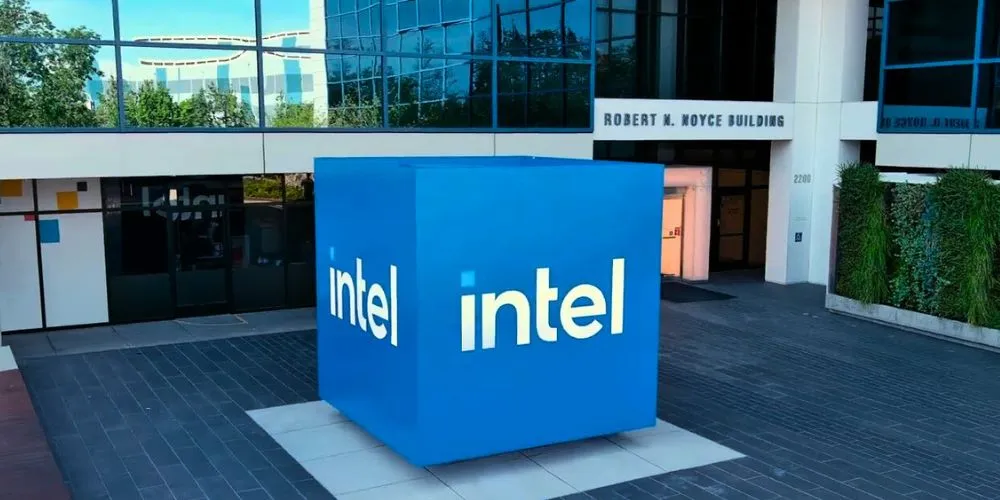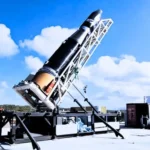Key Points:
- Intel’s foundry business records $7 billion in operating losses for 2023, signaling challenges in regaining competitiveness.
- CEO Pat Gelsinger acknowledged that 2024 would likely see further losses but expressed optimism about reaching break-even on an operating basis by around 2027.
- Past decisions, particularly unwilling to embrace EUV machines, have contributed to the foundry business’s current challenges.
- The company announces a $100 billion investment in chip factories across four U.S. states to revitalize its manufacturing capabilities.
Intel Corporation (INTC.O) disclosed significant operating losses for its foundry business, marking a setback for the chipmaker’s efforts to regain ground lost to competitors like Taiwan Semiconductor Manufacturing (TSMC). The company revealed that its manufacturing unit incurred $7 billion in operating losses for 2023, a sharp increase from the $5.2 billion loss the previous year. This was accompanied by a 31% decline in revenue, dropping to $18.9 billion in 2023 from $27.49 billion in the previous year.
Following the disclosure, Intel shares experienced a 4.3% decline, underscoring investor concerns about the company’s competitive position in the semiconductor market. During an investor presentation, CEO Pat Gelsinger acknowledged that 2024 would likely see further losses for the chipmaking business but expressed optimism about reaching break-even on an operating basis by around 2027.
Gelsinger attributed the challenges faced by the foundry business to past decisions, including the reluctance to adopt extreme ultraviolet (EUV) machines from Dutch firm ASML (ASML.AS). Despite their high cost, EUV machines offer greater cost-effectiveness than earlier chipmaking tools.
Intel has now shifted its focus towards embracing EUV tools, aiming to improve competitiveness in terms of price and performance. Gelsinger emphasized that Intel is now more competitive and aims to regain leadership in the semiconductor industry.
To revitalize its chip manufacturing capabilities, Intel announced plans to invest $100 billion in building or expanding chip factories across four U.S. states. The success of Intel’s business turnaround strategy hinges on attracting external companies to utilize its manufacturing services.
As part of this strategy, Intel will begin reporting the results of its manufacturing operations as a standalone unit. The company’s heavy investments underscore its commitment to catching up with primary rivals TSMC and Samsung Electronics Co. Ltd.











